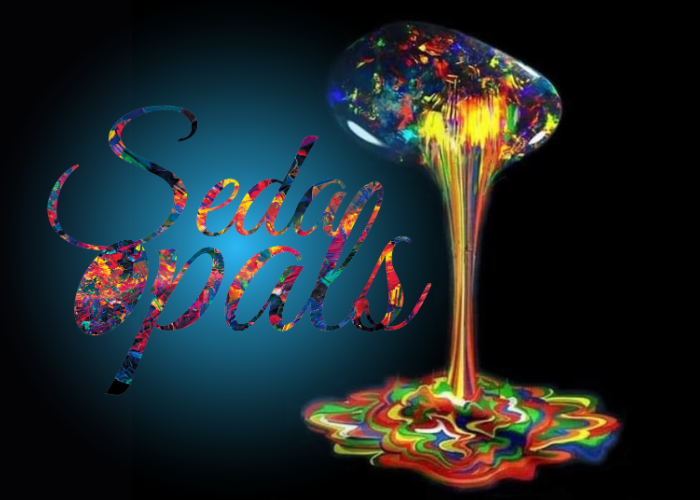You have not bid on this auction.
31.30 CTS DENTALIUM SPECIMEN IN HOST ROCK-ELEPHANT TUSKS [S-FOSSIL122]
- SKU
- Dimensions (mm)
- 32.000 x 18.000 x 17.000mm
- Weight (cts)
- 31.300
- Colours
-
DENTALIUM FOSSIL
This is a natural specimen in its host rock.
It was mined in coober pedy.
We have taken the photo wet to high light the fossils.In some specimens you will see bits of opal and fossilized shells.
The mantle of Dentalium species is entirely within the shell. The foot extends from the larger end of the shell, and is used to burrow through the substrate. They position their head down in the substrate, with the apical end of the shell (at the rear of the animal’s body) projecting up into the water. These molluscs live on seafloor sediment, feeding on microscopic organisms, detritus and foraminiferans.
The shells are conical and curved in a planispiral way, and they are usually whitish in color. Because of these characteristics, the shell somewhat resembles a miniature elephant’s tusk. They are hollow and open at both ends; the opening at the larger end is the main or anterior aperture of the shell. The smaller opening is known as the apical aperture
As we have wet the specimen the weight is a guide only
- SKU
- Dimensions (mm)
- 32.000 x 18.000 x 17.000 mm
- Weight (cts)
- 31.300
- Colours
-
DENTALIUM FOSSIL
This is a natural specimen in its host rock.
It was mined in coober pedy.
We have taken the photo wet to high light the fossils.In some specimens you will see bits of opal and fossilized shells.
The mantle of Dentalium species is entirely within the shell. The foot extends from the larger end of the shell, and is used to burrow through the substrate. They position their head down in the substrate, with the apical end of the shell (at the rear of the animal’s body) projecting up into the water. These molluscs live on seafloor sediment, feeding on microscopic organisms, detritus and foraminiferans.
The shells are conical and curved in a planispiral way, and they are usually whitish in color. Because of these characteristics, the shell somewhat resembles a miniature elephant’s tusk. They are hollow and open at both ends; the opening at the larger end is the main or anterior aperture of the shell. The smaller opening is known as the apical aperture
As we have wet the specimen the weight is a guide only
| Shipping provider | Shipping to Australia | Shipping to rest of world |
|---|---|---|
| FedEx | $12.00 / 5 days | $39.00 / 10 days |
|
Australia
FedEx is discounted to $12.00 on orders with 2 or more items
Rest of the world
FedEx is discounted to $39.00 on orders with 2 or more items
|
||
| Registered Shipping | $9.00 / 10 days | $16.00 / 21 days |
|
Australia
Registered Shipping is discounted to $9.00 on orders with 2 or more items
Rest of the world
Registered Shipping is discounted to $16.00 on orders with 2 or more items
|
||

-
 Positive
PositiveThank you for upgrading the shipping to FedEx! Your generosity is greatly appreciated. I believe natural opals are among the few gemstones that will retain their value over time. Their mesmerizing play of colors never ceases to amaze me.
-
 Positive
PositiveThank you for upgrading the shipping to FedEx! Your generosity is greatly appreciated. I believe natural opals are among the few gemstones that will retain their value over time. Their mesmerizing play of colors never ceases to amaze me.
Why are users outbidding themselves?
When a bid is placed, this is the maximum amount a user is willing to bid for the product. Our system will then automatically bid on that users behalf, incrementally increasing the bid to maintain their position as the highest bidder, up to the specified maximum.
When there is an icon indicating 'Auto Bid,' it means our system is actively placing bids for the user based on their maximum bid. This may appear as if users are outbidding themselves, but it's simply a result of the system updating the bid to reflect the users maximum limit.







![1.68 CTS OPAL DOUBLET FROM MINTABIE [SO84]](https://liveplatforms-production.b-cdn.net/tenants/oa/uploads/images/1035000-1039999/1037068/607529bc201f9.jpg?width=480&aspect_ratio=1001%3A1000)










